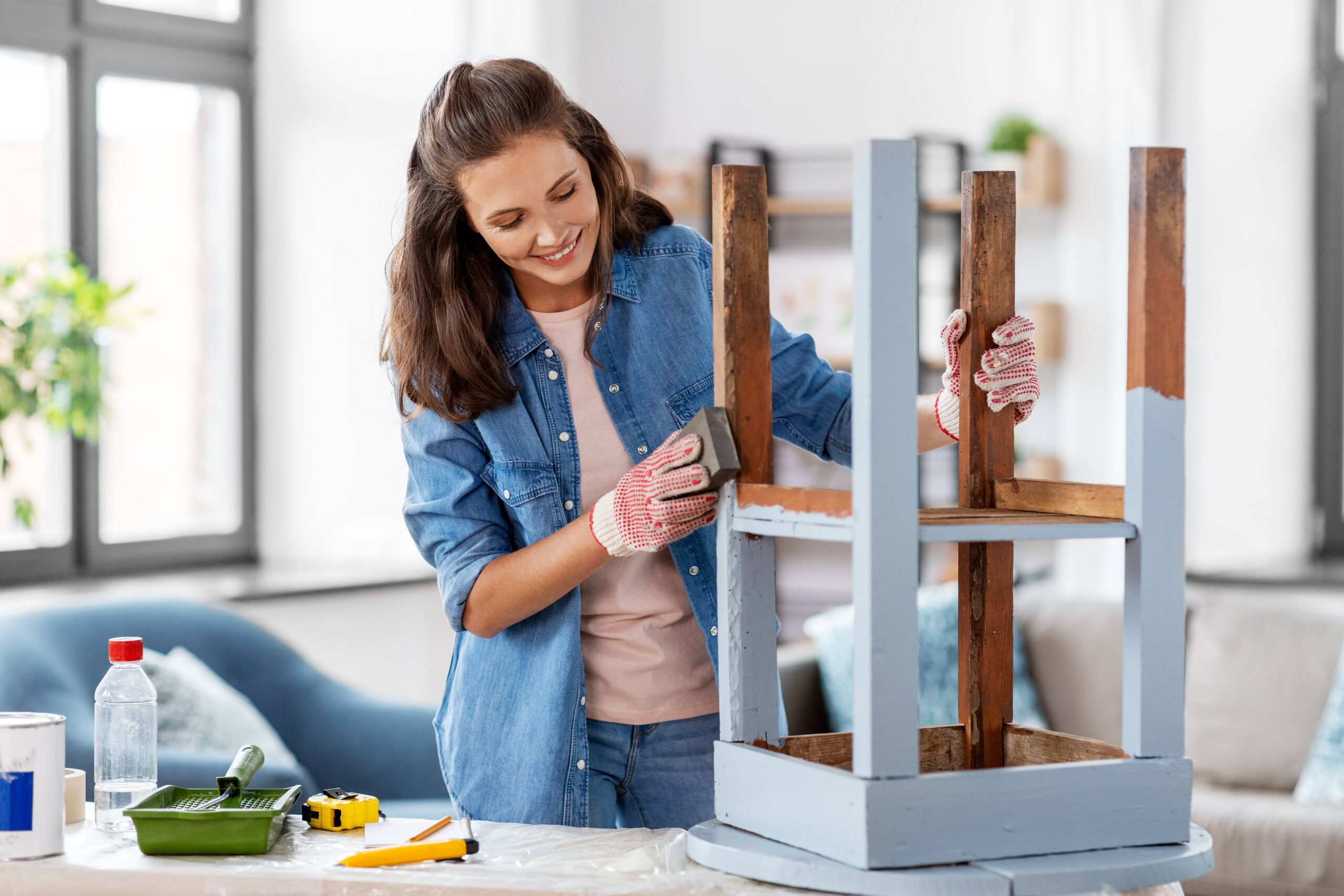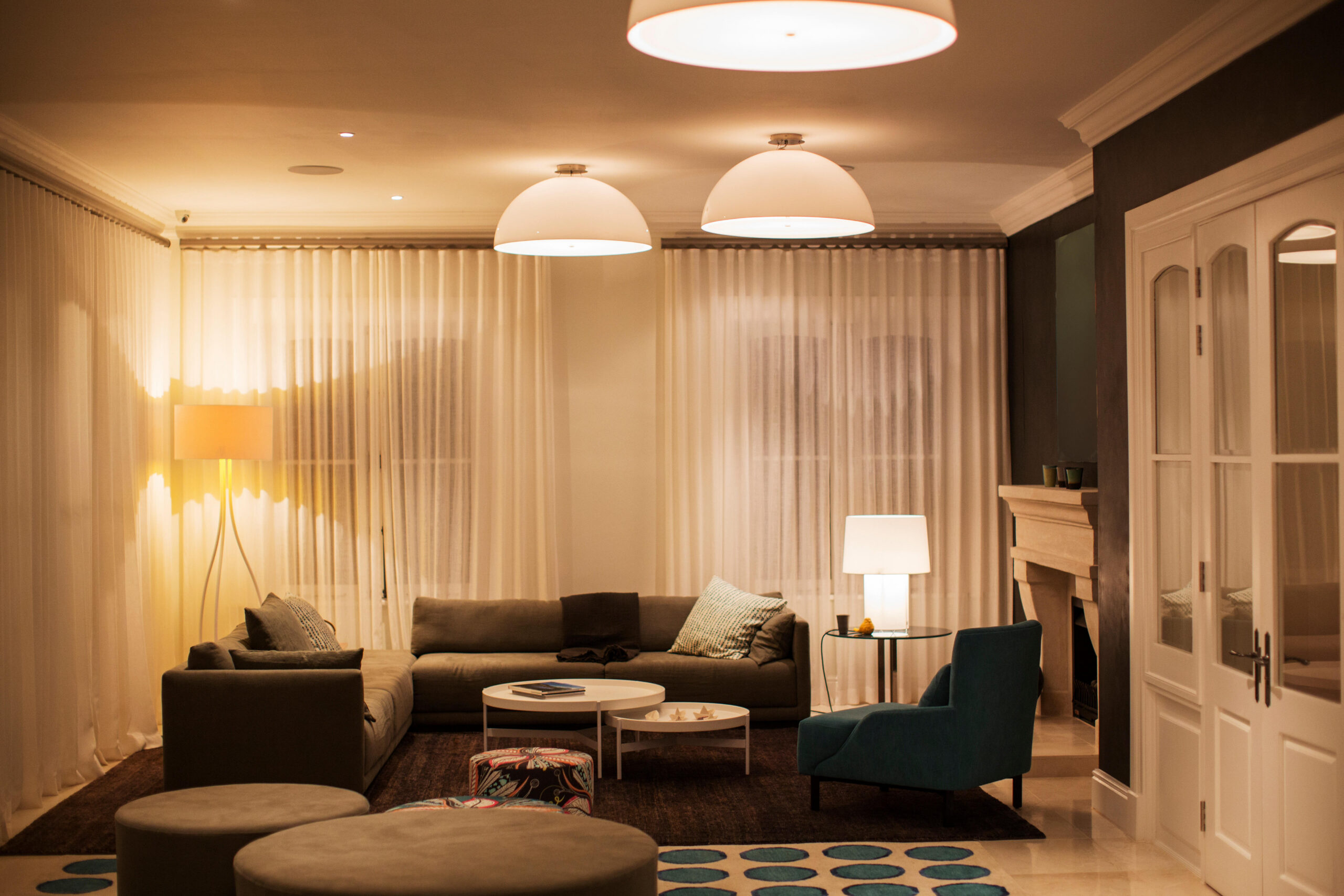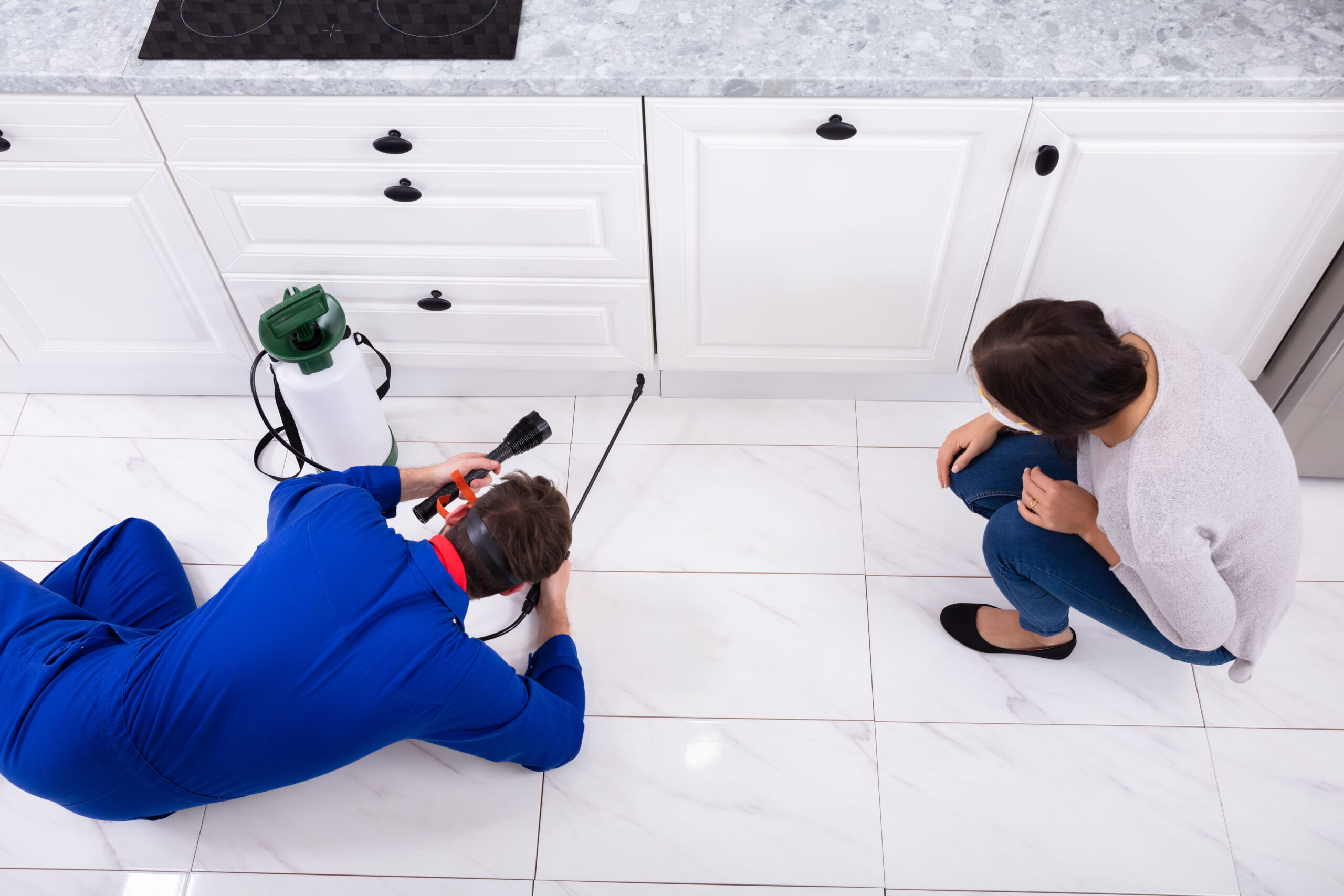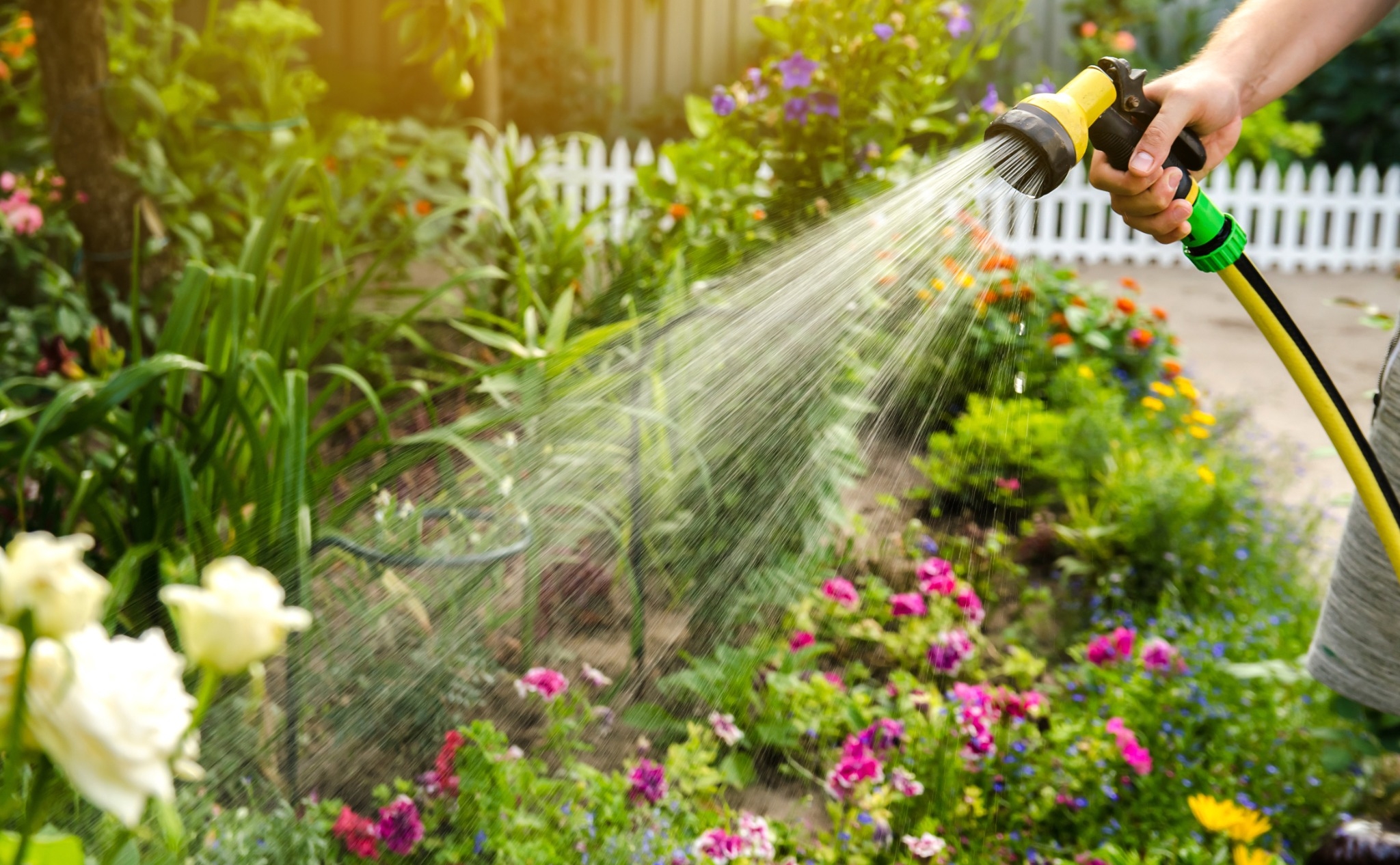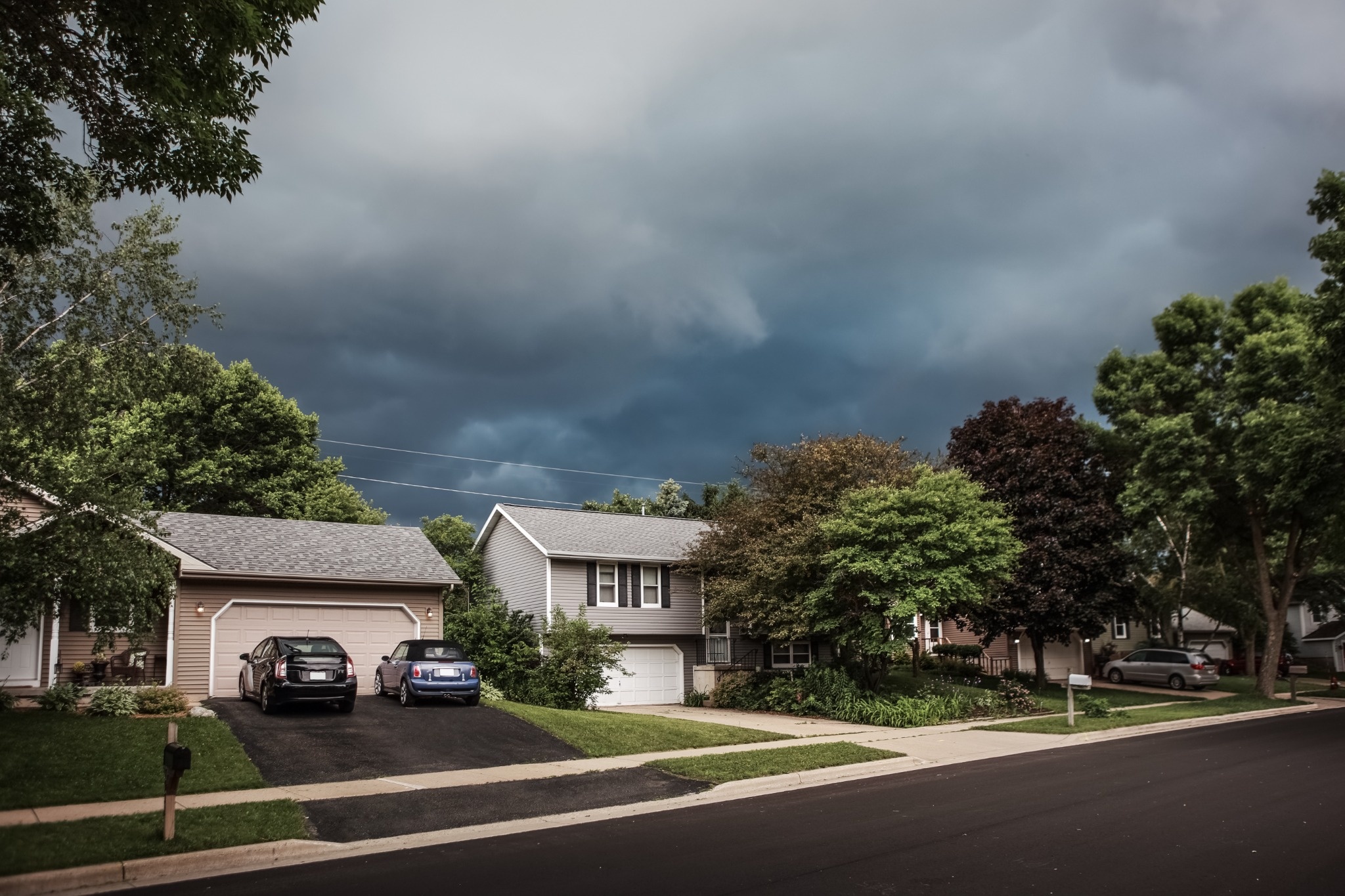Table of Contents
Beat the Heat: Cheap Ways to Keep Your Home Cool This Summer Without Cranking the A/C
When temperatures rise, staying comfortable at home can feel like a challenge—especially if you’re trying to avoid a sky-high energy bill. Luckily, there are plenty of low-cost ways to keep your space cool and your wallet happy.
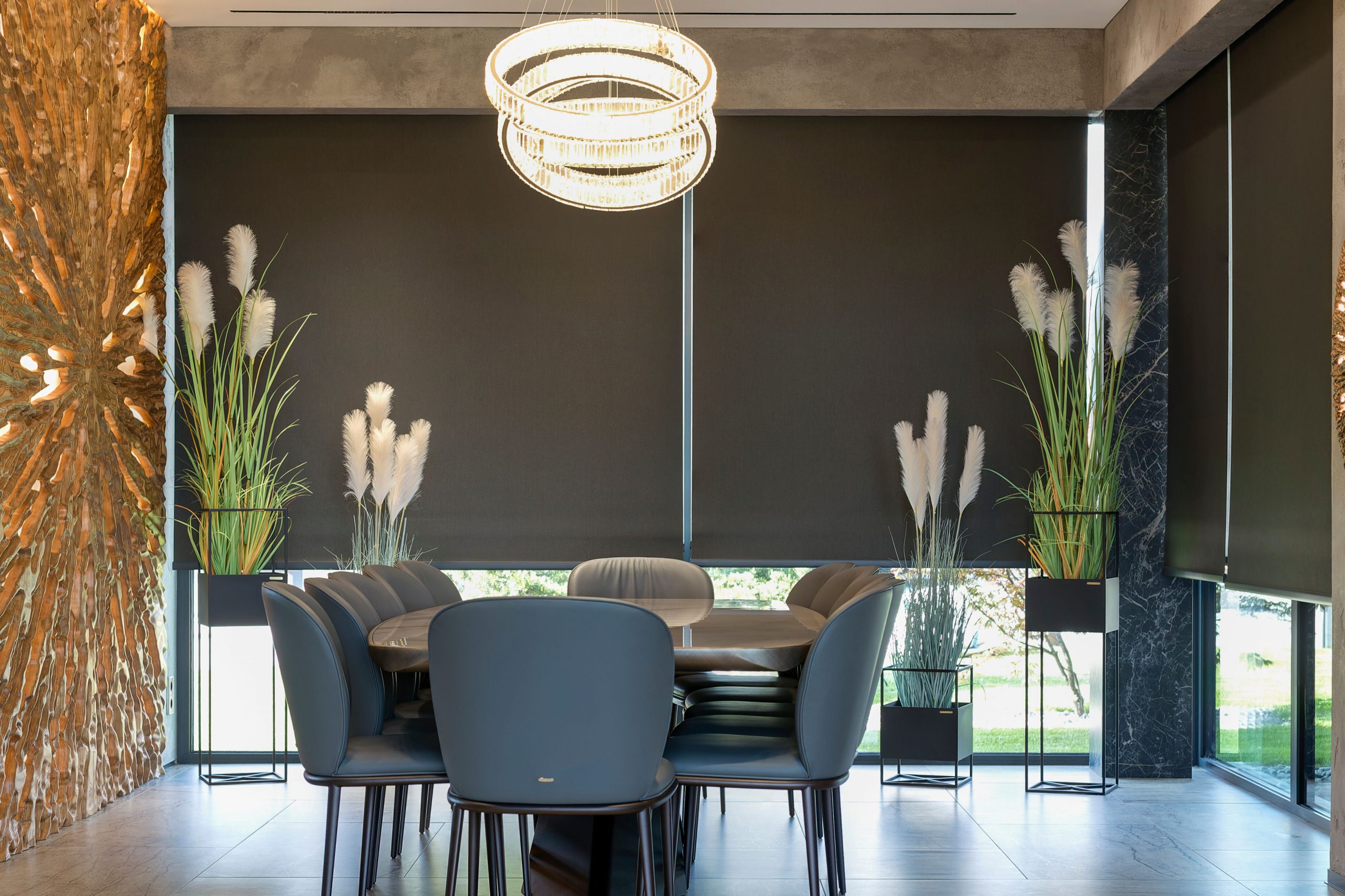
Block Out the Sun
Direct sunlight pouring into your home heats it up fast. One of the easiest and cheapest ways to stay cool is by keeping the sun out in the first place.
Simple Shade Solutions
- Close blinds and curtains during the hottest parts of the day
- Use blackout curtains in rooms that get the most sun
- Hang reflective window film to reduce heat transfer (often under $15 per window)
- Add outdoor shade like a tarp, umbrella, or awning for sun-facing windows
Keeping your home shaded can lower indoor temps by several degrees—no electricity required.
Use Fans the Smart Way
Fans don’t actually cool the air—they move it around to make you feel cooler. With a few strategic tricks, you can maximize their cooling power.
| Fan Strategy | Effectiveness | Budget Level |
|---|---|---|
| Ceiling fans counterclockwise | High | Already installed or $40–$100 |
| Box fan in a window | Moderate | $20–$40 |
| Fan + bowl of ice | Moderate | Under $5 |
| Cross-ventilation setup | High | Free |
Try placing a bowl of ice in front of a floor fan for a DIY air chiller. For best results, create a cross-breeze by opening windows on opposite sides of your home and placing fans to pull hot air out.
Adjust Appliance Use
Appliances like ovens, dryers, and even light bulbs can warm up your home fast. Small changes in how and when you use them can keep things cooler.
Heat-Reducing Tips
- Avoid oven use—grill outside, use the microwave, or prep no-cook meals
- Do laundry at night when it’s cooler
- Use LED bulbs instead of heat-producing incandescent ones
- Turn off unused electronics—they generate heat even in standby mode
Cooking smart and managing appliances can reduce both heat and energy bills.
DIY Cooling Tricks That Actually Work
You don’t need to spend much to lower your home temperature—just get a little creative.
- Hang a damp sheet in front of an open window for natural evaporative cooling
- Freeze a hot water bottle or rice sock and use it as a personal cool-down
- Sleep with a fan at your feet and a light sheet instead of a comforter
- Create a “cool-down” corner with a fan, misting bottle, and cold drink station
These small hacks add comfort where you need it most—especially during peak heat hours.
Focus on the Right Rooms
Instead of trying to cool the entire house, pick a few zones where your family spends the most time and concentrate your efforts there.
| Room Type | Cooling Strategy |
|---|---|
| Bedroom | Blackout curtains, ceiling fan, cool bedding |
| Living room | Cross-breeze setup, limited electronics |
| Kitchen | No oven, ventilation fan, shaded windows |
| Home office | Ice fan trick, LED lighting, hydration nearby |
Shutting doors to unused rooms can also help contain cool air where it’s needed.
Insulate and Seal Gaps
Keeping cool air in is just as important as keeping heat out. Inexpensive insulation fixes can prevent your cooled space from warming up too quickly.
Quick Insulation Fixes
- Seal gaps around windows and doors with weatherstripping or caulk
- Use door draft stoppers for interior rooms
- Cover windows at night if they let in outdoor heat
- Add rugs to tile or wood floors to reduce heat absorption
These upgrades are often under $20 and can make a noticeable difference in both summer and winter.
Upgrade Without Breaking the Bank
You don’t need to install central air to stay cool. Some affordable cooling products can make your space feel fresher without the high cost.
| Product | Average Cost | Cooling Impact |
|---|---|---|
| Portable fan | $15–$40 | Moderate |
| Evaporative cooler | $50–$100 | High (dry climates) |
| Reflective window film | $10–$25 | Moderate |
| Thermal blackout curtains | $25–$50 | High |
A few well-placed upgrades can go a long way—especially when combined with smart habits.
Hydration and Clothing Matter Too
Don’t underestimate the power of how you treat your body during hot weather. Staying hydrated and wearing breathable clothes can improve comfort even if your home isn’t ice-cold.
- Drink water regularly, even if you’re not thirsty
- Wear light, loose-fitting clothes made from cotton or linen
- Use a damp washcloth on your neck or wrists to cool down quickly
- Take cool showers to lower your body temp during heatwaves
Keeping yourself cool is just as important as cooling your space.
Chill Without the Chill Bill
You don’t need a high energy bill to enjoy a comfortable summer at home. By using smart shade, airflow tricks, simple insulation fixes, and a few personal comfort hacks, you can beat the heat—without sweating your budget.
